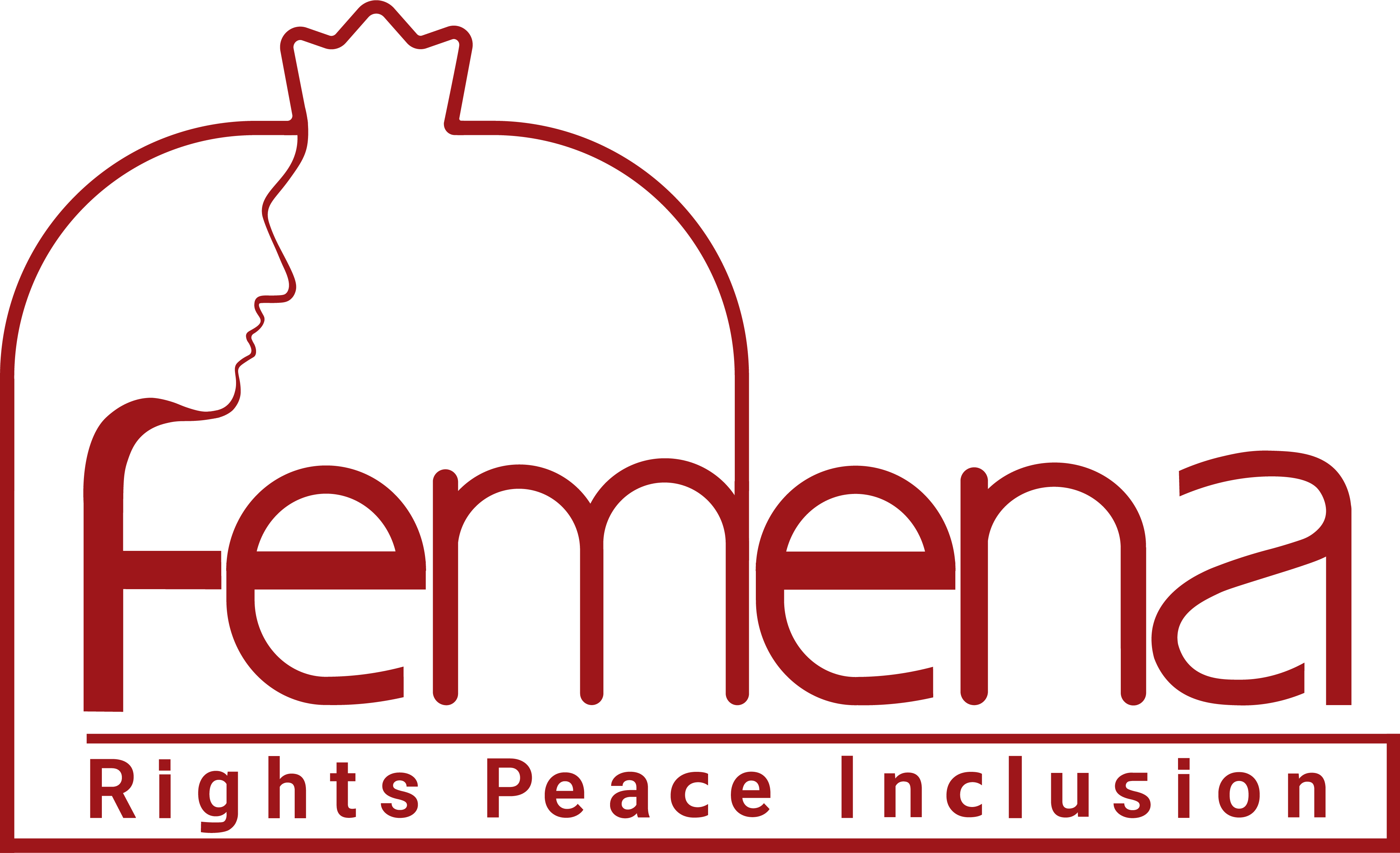University students in Iran have historically played a important role in pushing for political change and progress. In fact, university protests and strikes were critical in brining about the Iranian Revolution in 1979 and since then protests within universities have played pivotal roles in the emergence of the reform movement (in the late 1990s) and in the spread of protests following the contested results of Presidential elections in 2009. This time too, students played a key role in sparking protests in response to the death in custody of Mahsa Amini.
Historically the student and women’s movements in Iran have been very close. It is no surprise, given that over half of university students in Iran are young women who have demands for equality and an end to discrimination. University students were among the first groups to organize protests following the death in custody of Mahsa Amini and their protests have continued since, spreading across the country, even to faculties that rarely engage in political protest.
As a result, student activists, including female students, have been especially targeted for arrest. Videos published online depict that many of the students were also violently beaten. Female students from different cities living in dormitories are especially vulnerable to arrest, because it is easier for security forces to find them, and they have no place to hide and no families close by to provide them with refuge. The large number of student activists arrested since the start of the unrests also points to the young age of protesters across the country.
When students in several universities across the country announced strikes starting on October 1, 2022 the violence of police and security forces against them increased exponentially. At Sharif University of Technology, where students were protesting peacefully in objection to the arrest of fellow students, security forces surrounded the university, causing a blockade, preventing students from leaving the campus. They began beating students and arresting them in droves. Tear gas, batons and mass arrests, were used against students on a number of campuses across the country. Pellet gunshots were used against students at Sharif University as well as Tehran University. When news of a blockade against students at Sharif University got out, Iranians went to the university and began protesting outside, demanding that students be released. As a result of these developments, the last days have witnessed a sharp increase in the number of student activists arrested, including female students.
This repot aims to document the cases of some of the female students arrested since the start of the protests, but we recognize the numbers are much higher than reflected here. The arrest of students whose cases have been highlighted here, have been verified. FEMENA will continue to document other cases as they are verified, and will update the status of cases as news is received.
FEMENA hopes that the cases of these students, along with their male colleagues will be taken up by international human rights organizations and UN mechanisms to ensure their safety in custody and speedy release.


